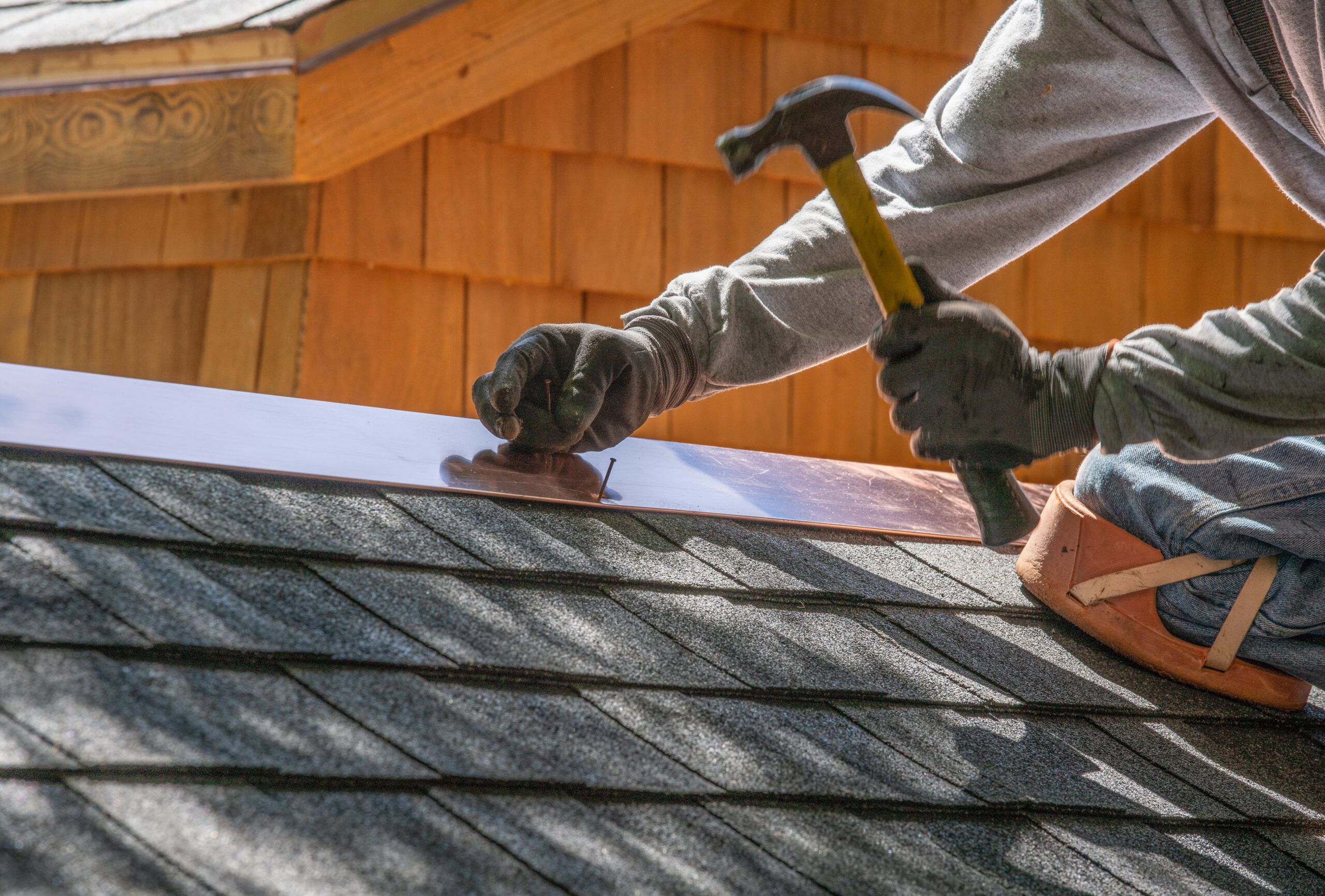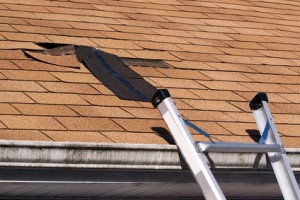Checking Out the Numerous Types of Roofings: Which One Is Ideal for Your Home?
When thinking about the myriad sorts of roofings readily available, it is essential to examine how each alternative aligns with your home's distinct requirements, including climate conditions, visual choices, and structural functionality. From the traditional saddleback roof that successfully networks rainwater to the modern flat roof offering city versatility, each style offers distinct advantages and challenges. Moreover, the option might dramatically affect long-term upkeep and energy efficiency. As you consider the best suitable for your house, it is essential to weigh these variables thoroughly, especially as some alternatives might surprise you with their possible advantages.
Gable Roof Coverings
Gable roofing systems, defined by their triangular shape and sloping sides, are a prominent option among homeowners looking for both aesthetic charm and functionality. This roofing design successfully permits for efficient water drainage, reducing the danger of water merging and subsequent damage. Additionally, the high inclines create enough attic room room, which can be utilized for storage or even converted right into living areas.
One of the primary benefits of gable roofings is their ability to hold up against extreme weather. The layout assists in reducing wind resistance, making them specifically suitable for areas prone to tornados. Furthermore, gable roofings can be created making use of a range of products, consisting of roof shingles, tiles, and steel, providing home owners with flexibility in design and spending plan.
From an architectural viewpoint, gable roofings can improve the visual allure of a home, offering a traditional and timeless appearance. In general, gable roof coverings stay a favored choice due to their balance of practicality and style, appealing to a broad range of property owners.
Apartment Roofs
While usually forgotten for more standard roof styles, flat roof coverings offer distinct advantages that deal with particular building needs and modern design choices. These roof coverings are characterized by their very little pitch, permitting efficient usage of space, especially in metropolitan atmospheres where taking full advantage of square video footage is necessary.
One significant advantage of level roofs is their convenience. They can be made use of as extra space, such as rooftop yards, patios, or photovoltaic panel installations, improving the capability of a home. Moreover, level roof coverings are typically less complicated and more secure to navigate during upkeep, promoting repair work and assessments without the challenges positioned by high slopes.
Flat roofing systems can additionally be more affordable in terms of products and installation. With a less complex style, they often need fewer resources, equating into lower labor expenses. However, it's essential to think about water drainage and waterproofing, as level roofs can be vulnerable to merging water otherwise effectively created.

Hip Roofings
Hip roofings attract attention for their stylish design and architectural integrity, making them a preferred choice amongst home owners. Identified by slopes on all four sides, hip roofs offer a healthy website here visual that enhances numerous architectural styles - roof repair oahu. The in proportion nature of these roofings assists to distribute weight equally, enhancing stability and try this out resilience
One of the key benefits of hip roofings is their capability to endure severe weather. The sloped surfaces facilitate efficient water drain and snow drainage, minimizing the danger of leakages and architectural damage. Additionally, the design decreases wind resistance, making hip roofing systems less at risk to wind uplift compared to various other roofing system types.


Shed Roof Coverings
Shed roofings, as opposed to the complexity of hip roofing systems, supply a minimalist and structured design that allures to modern looks. Characterized by a single sloping surface area, shed roofs are frequently made use of in contemporary architecture, garden sheds, and various other useful structures. This simplicity not only improves aesthetic allure yet also permits efficient water drainage, making them appropriate for various climates.
One of the key benefits of shed roofings is their cost-effectiveness. With fewer products called for and an uncomplicated installment process, home owners can save both money and time. The design also allows the incorporation of big windows or skylights, advertising all-natural light and creating roomy interiors.
Nonetheless, it is vital to think about the prospective downsides, consisting of restricted insulation options and the need for mindful layout to avoid extreme warmth accumulation. In addition, lost roofing systems might not mix flawlessly with conventional style, which could be an issue for some property owners.
Inevitably, lost roofing systems present a useful and elegant roofing service for those looking for modernity and effectiveness. When picking a roofing system type, examining individual visual choices and practical requirements will certainly lead homeowners to the finest selection for their distinct requirements.
Mansard Roofings
Mansard roofing systems, identified by their unique four-sided style, are a characteristic of French style that incorporates elegance with functionality. This architectural style includes two slopes on each side, with the lower slope being steeper than the upper one. The one-of-a-kind setup permits extra home in the upper levels, making it an optimal option for homeowners looking for to make best use of useful location without increasing the structure's footprint.
One of the significant benefits of a mansard roofing system is its flexibility. It can be adjusted to numerous architectural designs, from standard to modern-day, boosting the visual allure of any home. In addition, the adequate space developed under the roof can easily suit dormer windows, which permit for all-natural light and ventilation, further enhancing the convenience of the living area.
However, prospective home owners must consider the upkeep demands connected with mansard roofing systems. Installation costs might be higher compared to simpler roof designs due to the intricacy of like this building.
Conclusion
Finally, the option of an appropriate roofing type pivots on specific needs, climate considerations, and aesthetic preferences. Each roof design offers one-of-a-kind benefits, such as the performance of gable roofings, the modern charm of shed roofs, and the security of hip roofs. Furthermore, level roofing systems offer usefulness for city environments, while mansard roofings offer added space despite greater installation prices. Eventually, a comprehensive analysis of these elements will certainly direct homeowners in making a notified decision.
From the classic gable roofing that effectively networks rain to the modern-day level roofing offering urban versatility, each design presents distinctive benefits and obstacles (roof repair oahu). Additionally, the style lessens wind resistance, making hip roofs much less susceptible to wind uplift contrasted to other roofing system kinds
Dropped roofs, in contrast to the intricacy of hip roofings, offer a minimal and structured design that appeals to contemporary looks. Each roofing design offers one-of-a-kind benefits, such as the performance of gable roofings, the modern charm of shed roofs, and the stability of hip roofing systems. Level roofing systems supply functionality for city environments, while mansard roof coverings offer additional living room regardless of higher installment expenses.